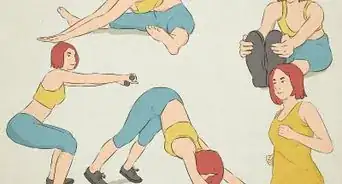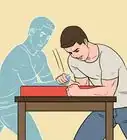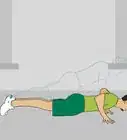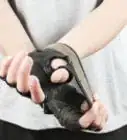This article was co-authored by Landis Owens. Landis Owens is a Personal Trainer and the Owner of Almighty Personal Training Studio in Tempe, Arizona. With over 15 years of experience in the health and fitness industry, Landis specializes in weight loss, nutrition, and core and strength training. Landis received a football scholarship to Mesa Community College where he studied Engineering and Sports and Exercise. He is an ISSA Certified Personal Trainer and also holds certifications in Nutrition, Youth Sports, Injury Stay Free, and CPR. Landis also competes in bodybuilding competitions.
This article has been viewed 52,455 times.
Gymnastics is a physically demanding activity. To be a gymnast, you'll need strong, lean and flexible muscles all over your body. Specifically, strong arms are crucial for grip strength on the bars, balance for the beam, and other essential skills of a gymnast. It's important to include a variety of exercises and stretches that can tone and improve flexibility over your entire body. However, there are some specific exercises that can help improve arm strength for gymnastics.
Steps
Strengthening Your Arms
-
1Warm up before you start your workout. Your muscles will perform better after a short warm-up. Take 5 to 10 minutes to do some gentle arm and shoulder exercises and stretches, such as arm swings, overhead reaches, and shoulder and wrist circles.[1] Or you can do a more general exercise, such as marching in place or jogging.
-
2Do push-ups.[2] The push-up is an exercise that can work a variety of arm, chest and back muscles all at the same time. Even if you only want to strengthen your arms, your chest and back muscles will support you while doing arm exercises.
- Lay face down on an exercise mat. Lift your body up with arms extended straight and wrists tracking under your shoulders.
- Keep your body in a flat line without arching or curving your back. Slowly lower your body down towards the floor. Your elbows should be in close to your body.
- Lower down until your chest almost touches the floor. Push back up to the starting position. Repeat as necessary.
- If standard push-ups are too easy, try a variation. You can do diamond push-ups which require you to put your hands under your face in the center of your body. Make a diamond shape with your thumbs and point fingers touching. In addition, you can move your hands far outside of your shoulders for a different position.
Advertisement -
3Include wall handstands. The handstand is another strength and balancing exercise that incorporates all the muscles in your arms and shoulders.
- Start with the wall handstand if you cannot maintain a handstand without support. Face the wall and put your hands flat on the ground a few inches from the wall. Kick your legs up and over your head until they rest on the wall behind you.
- Press through your palms and arms to support your body up against the wall. Do not let your shoulders sag down. Hold this position for 30 seconds to 1 minute.
- You can also try this exercise without the support of the wall if you're able. It will require more arm and core strength to do.
-
4Try tricep dips using parallel bars. This particular dip exercise on the parallel bars will be a great help for gymnasts. This helps improve the strength of the elbow extensors and upper arm and shoulder.[3]
- Stand in between two parallel bars. Place hands on the bar next to your body and push yourself up into the air so your feet are dangling off the ground.
- Slowly lower yourself down by bending your elbows straight behind you. Keep your arms flush with the side of your body.
- Lower down until your upper arms are almost parallel with the floor. Push yourself back up and repeat the exercise as many times as needed.
-
5Do incline bench presses. This exercise will help strengthen your triceps and shoulders.[4]
- Lie on an incline bench. Grip an appropriate weighted bar with your hands about shoulder width apart. Lift the bar up from the rack and hold it straight over you.
- Slowly lower the bar to your chest. Elbows should be bent at about a 45 degree angle away from your body.
- Pause at the bottom and then slowly push the bar back up to the starting position. Repeat as many times as necessary.
-
6Do dumbbell wrist curls.[5] In addition to arm strength, gymnasts also need to focus on grip strength to propel themselves on the bars or rings. This exercise helps increase grip and wrist strength.[6]
- Lay your forearms on a table with your hand and first few inches of your wrist hanging off the end of the table. Make sure your palms are face up.
- Hold a dumbbell in each hand. Let your hand flop back so your knuckles are pointing towards the floor.
- Slowly curl your wrist up until it's flexed as much as it can. Slowly lower the dumbbell back down towards the floor. Repeat as many times as necessary.
-
7Strengthen all other muscle groups. Although arm strength is very important for gymnasts, it's just one of the many muscle groups that are required for the correct form and technique.[7]
- Gymnasts do put a significant amount of strain on their arms and shoulders. However, their core is probably even more critical than arm strength. The core is responsible for the balance and strength needed by most if not all moves performed by gymnasts.[8]
- The legs and glutes are another set of muscles that are important to work on. Even if you're not performing moves that require enormous amounts of leg strength, when you have a whole body of strong and toned muscles, you'll be a better gymnast.
Improving Arm Flexibility
-
1Do doorway stretches. This is a simple stretch that can be done anywhere is great for stretching out the front of your arms, deltoids and shoulders.[9]
- Hold on to the edge of a door with one arm. Your arm should be extended straight and not bent.
- While holding on to the door, walk forward until your arm is at about a 45 degree angle behind you.
- Press through your shoulder and the front of your arm until you feel a slight stretching sensation. Do not push too hard or until there is pain.
- Hold for a few moments and then switch arms.
-
2Stretch with cow's face exercises. In addition to building strength, stretching and flexibility is an equal counterpart to a gymnast's strength. Cow's face exercises help stretch the shoulder joint.[10]
- Stand with your feet hip width apart and toes facing forward. Clasp your hands behind your back and interlock your fingers.
- Lift your arms slightly until you feel a mild stretch in the front of your arms and shoulders. Do not continue if this hurts or causes any pain.
- If your arms can't reach behind your back, hold on to two ends of a towel.
-
3Sit and stretch your triceps. The sitting tricep stretch will improve flexibility of triceps but also opens up your back and improves mobility in your back.[11]
- Sit on the edge of a chair with your feet flat on the floor and back straight. Reach one arm behind you. Bend your arm at your elbow and bring your hand up towards the opposite shoulder blade.
- With the other hand, gently pull your bent elbow straight back. However, do not let the hand behind your body to move inwards. Hold for a few seconds and then switch arms.
-
4Include adequate rest and recuperation. As with any type of cardio or strength training exercise, it's important to include enough time of rest and recovery for gymnastics.[12] This is a high intensity sport that puts strain on all muscle groups and parts of the body and is physically demanding.
- Heavy strength training and high levels of stress without proper technique can lead to significant issues such as stress fractures and other injuries. [13]
- Include 1-2 days of complete rest from all strength training or gymnastic activity. Cross training or flexibility exercises are appropriate.
Expert Q&A
-
QuestionHow do you strengthen weak arms?
 Tanya BerensonTanya Berenson is a Gymnastics Instructor and the General Manager of the Los Angeles School of Gymnastics. With over 25 years of professional gymnastics experience, Tanya has also served as a consultant to USA Gymnastics, has served as the USA World Maccabi Games Head Coach, USA Gymnastics Meet Director, and RAS counselor. She holds a B.Ed. in Early Childhood Development from the University of California, Los Angeles.
Tanya BerensonTanya Berenson is a Gymnastics Instructor and the General Manager of the Los Angeles School of Gymnastics. With over 25 years of professional gymnastics experience, Tanya has also served as a consultant to USA Gymnastics, has served as the USA World Maccabi Games Head Coach, USA Gymnastics Meet Director, and RAS counselor. She holds a B.Ed. in Early Childhood Development from the University of California, Los Angeles.
Gymnastics Instructor Train your arms every other day. You can do exercises with your body weight, like push-ups or dips; if you have a bar that you can use with a door frame, you can do chin-ups and pull-ups, too. Also, be sure to stretch adequately before and after working out.
Train your arms every other day. You can do exercises with your body weight, like push-ups or dips; if you have a bar that you can use with a door frame, you can do chin-ups and pull-ups, too. Also, be sure to stretch adequately before and after working out. -
QuestionI have been trying for a week now, and can't get close to a hand stand. Also, I can't do a push up. What do I do?
 Community AnswerTry holding a plank position. Do this routine for a few times per day for a couple of weeks. This will help build up core and arm strength. Start your plank hold for 10 seconds, Increasing by a couple of seconds each day. Once you've mastered that, try that push-up again, and see how many you can do. Then, push up to that handstand!
Community AnswerTry holding a plank position. Do this routine for a few times per day for a couple of weeks. This will help build up core and arm strength. Start your plank hold for 10 seconds, Increasing by a couple of seconds each day. Once you've mastered that, try that push-up again, and see how many you can do. Then, push up to that handstand! -
QuestionI can't do a handstand or a pushup, and I don't have parallel bars. What can I do?
 Community AnswerFor a push up just act like you are lying down on your stomach, but put your arms up, and then push up and down and make sure to put your nose to the ground. As you build strength, the other exercises should become possible.
Community AnswerFor a push up just act like you are lying down on your stomach, but put your arms up, and then push up and down and make sure to put your nose to the ground. As you build strength, the other exercises should become possible.
References
- ↑ Tanya Berenson. Gymnastics Instructor. Expert Interview. 22 May 2020.
- ↑ Landis Owens. Personal Trainer. Expert Interview. 8 June 2021.
- ↑ Tanya Berenson. Gymnastics Instructor. Expert Interview. 22 May 2020.
- ↑ https://www.usagym.org/pages/home/publications/technique/1996/8/strength.pdf
- ↑ Landis Owens. Personal Trainer. Expert Interview. 8 June 2021.
- ↑ Tanya Berenson. Gymnastics Instructor. Expert Interview. 22 May 2020.
- ↑ Landis Owens. Personal Trainer. Expert Interview. 8 June 2021.
- ↑ https://www.usagym.org/pages/home/publications/technique/1996/8/strength.pdf
- ↑ http://www.muscleforlife.com/how-to-improve-shoulder-flexibility-and-mobility/
- ↑ http://breakingmuscle.com/video/3-exercises-to-improve-your-shoulder-mobility
- ↑ Tanya Berenson. Gymnastics Instructor. Expert Interview. 22 May 2020.
- ↑ https://www.usagym.org/pages/home/publications/technique/1996/8/strength.pdf
- ↑ https://www.usagym.org/pages/home/publications/technique/1996/8/strength.pdf

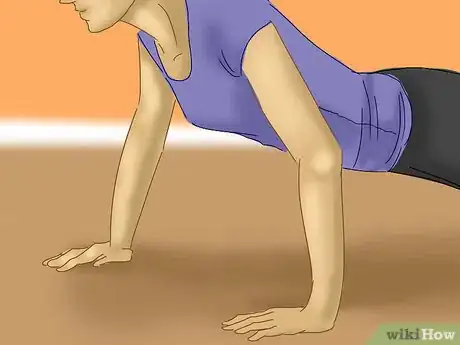

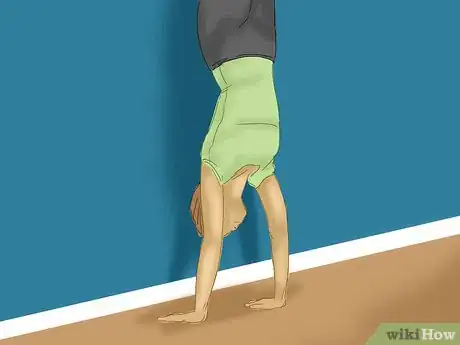
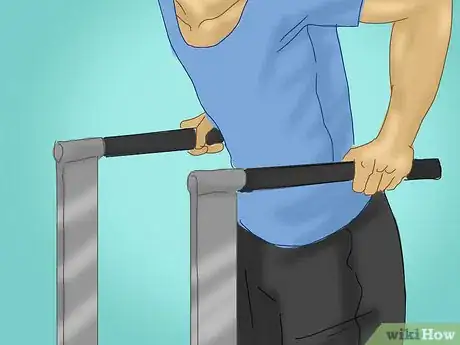
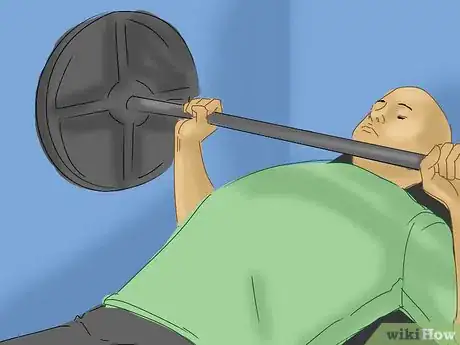
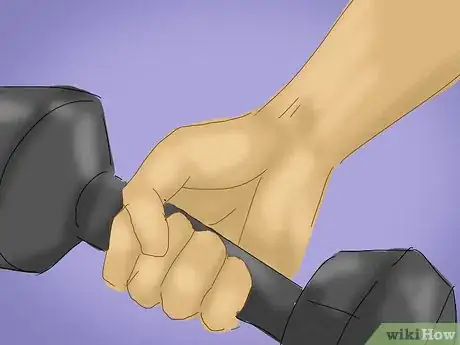
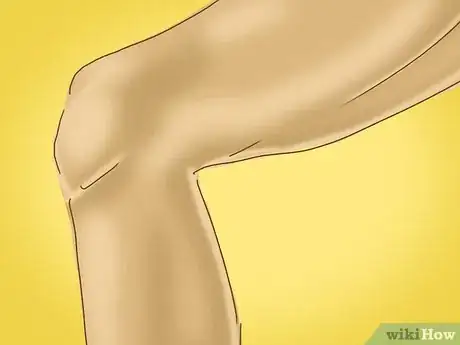
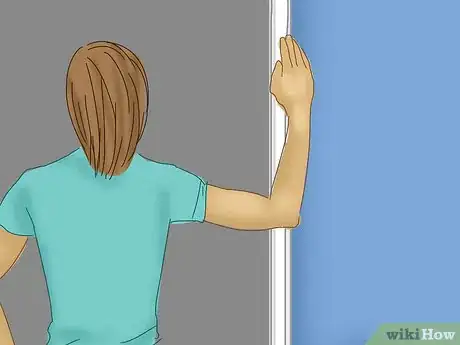

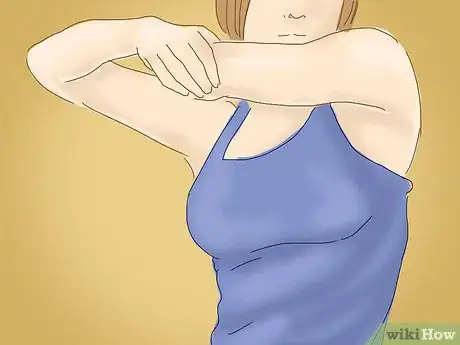
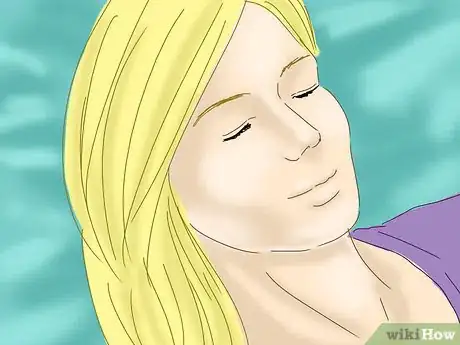
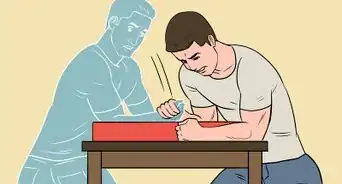
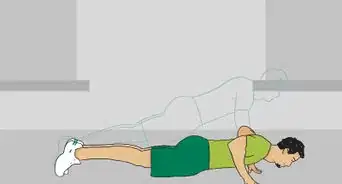


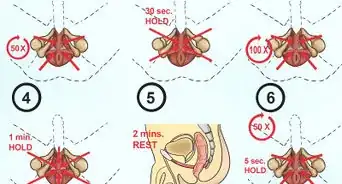

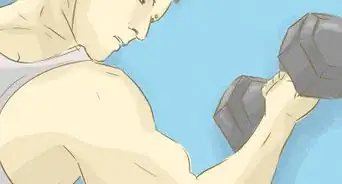
-Step-24.webp)

